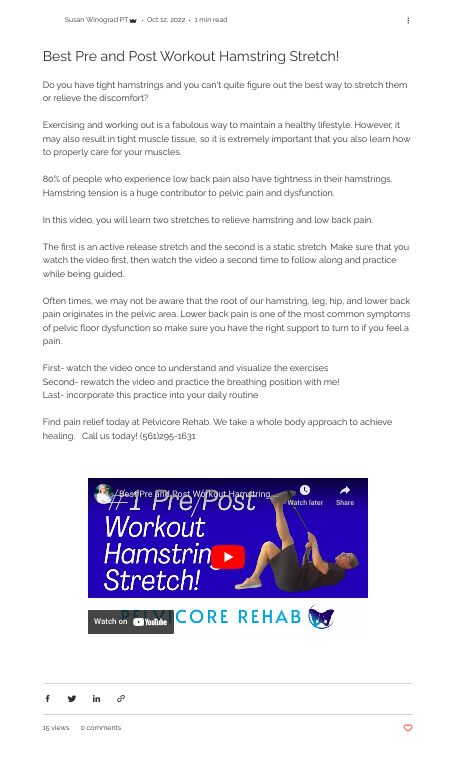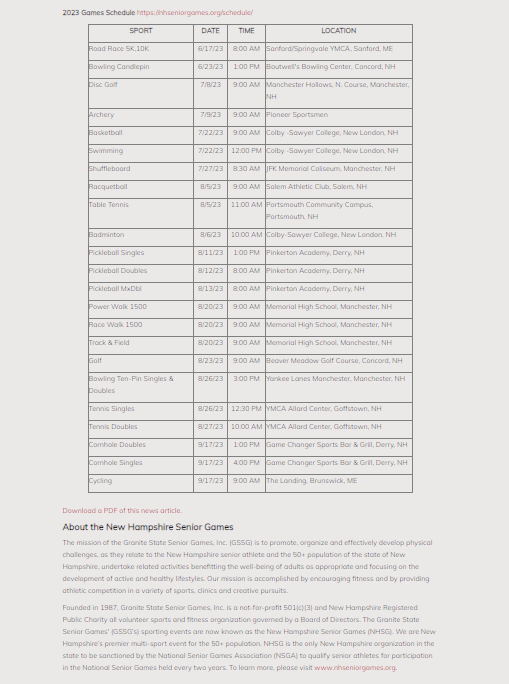Turn Your Blogs in PDFs
Portability: A PDF is a highly portable file format that can be easily downloaded, saved, and shared across different devices and platforms, without losing its formatting and design. This makes it convenient for your audience to read and access your blog content offline, especially when they are on the go.
Accessibility: Not everyone has access to a stable internet connection, and some people may prefer to read content offline, without the distractions of ads or social media notifications. By offering your blog content in PDF format, you are catering to a wider audience that values accessibility and convenience.
Branding: When you turn your blog into a PDF format, you have the opportunity to include your branding elements, such as your logo, color scheme, and website URL, which can help increase brand recognition and visibility.
Archiving: PDF files are an ideal format for archiving your blog content for future reference. This allows you to preserve your content in a digital format that can be easily retrieved and referred to, even after years have passed.
Lead Generation: By offering your blog content in PDF format, you can also use it as a lead magnet to attract potential customers or subscribers to your website or business. You can require users to provide their email address or other contact information in exchange for the PDF download, which can help you grow your email list and generate leads for your business.
Layout: Link to Other Relevant Blogs
Improved user engagement: By providing links to related content, you can encourage your readers to explore more of your website and spend more time engaging with your content.
Increased pageviews: Linking to other relevant blog posts can increase the number of pageviews on your website, as readers are more likely to click on links to other content that they are interested in.
Better SEO: Linking to other blog posts within your website can also help with search engine optimization (SEO), as it signals to search engines that your content is interconnected and provides more value to your readers.
Reduced bounce rates: By providing links to other relevant content, you can reduce the likelihood of readers bouncing off your website, as they have additional options to explore and engage with.
Improved user experience: By offering links to other related content, you can enhance the user experience for your readers, making it easier for them to find and access additional content that is relevant and valuable to them.
Promoting Your YouTube Channel Through Your Blog
Repurposing Content: Turning YouTube videos into blogs allows you to repurpose existing content and reach a wider audience through different mediums. Some people prefer reading blog posts over watching videos, so offering both formats can cater to different preferences.
Increased Visibility: By promoting your YouTube channel through your blog, you can increase visibility and attract more viewers to your channel. Your blog readers may not have been aware of your YouTube channel before, so promoting it can help increase your reach and grow your audience.
SEO Benefits: Blogging can help improve your website's search engine optimization (SEO) and increase your visibility in search engine results pages (SERPs). By using keywords in your blog posts that are related to your YouTube content, you can improve the likelihood of people finding your channel through organic search.
Improved Engagement: By offering both video and blog formats, you can cater to different learning styles and preferences, which can lead to improved engagement with your content. Some people may prefer to read a blog post to get an overview of the content, while others may prefer to watch a video to get a more in-depth understanding.
Diversified Monetization Options: By promoting your YouTube channel through your blog, you can also diversify your monetization options. You can earn revenue through YouTube ads and affiliate marketing on your videos, and also through sponsored content or product promotions on your blog.
















